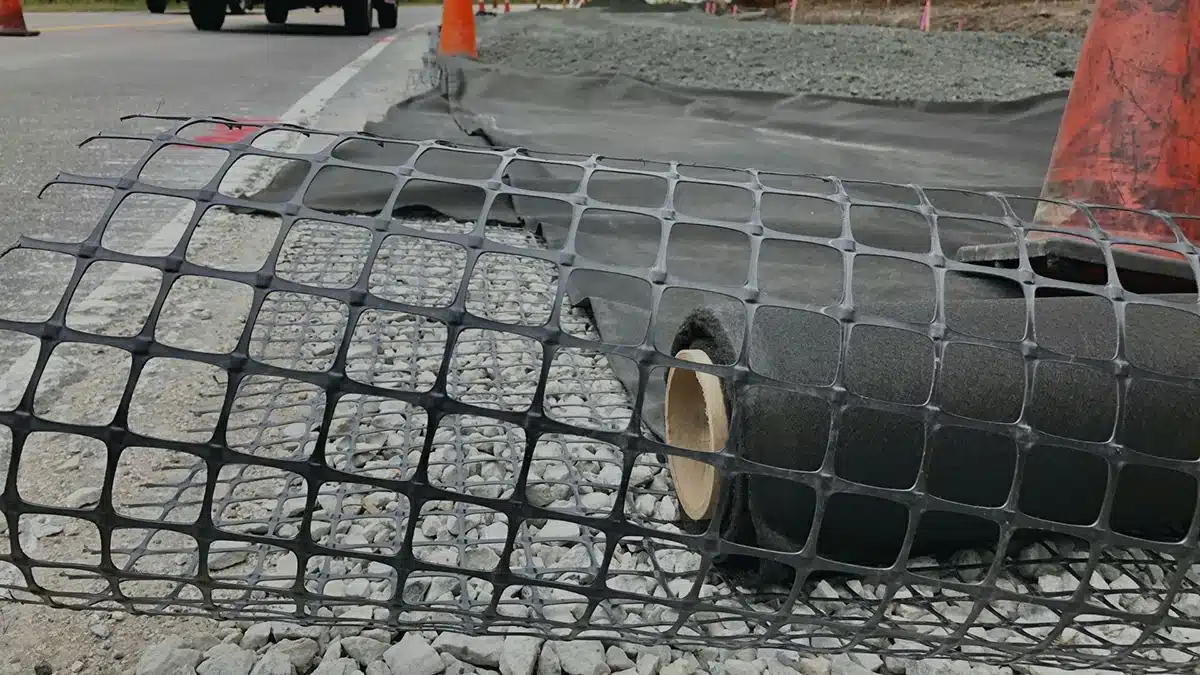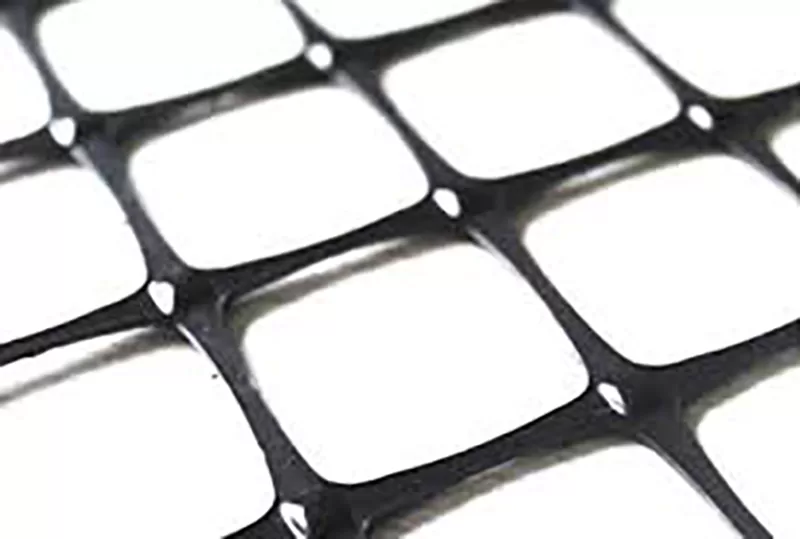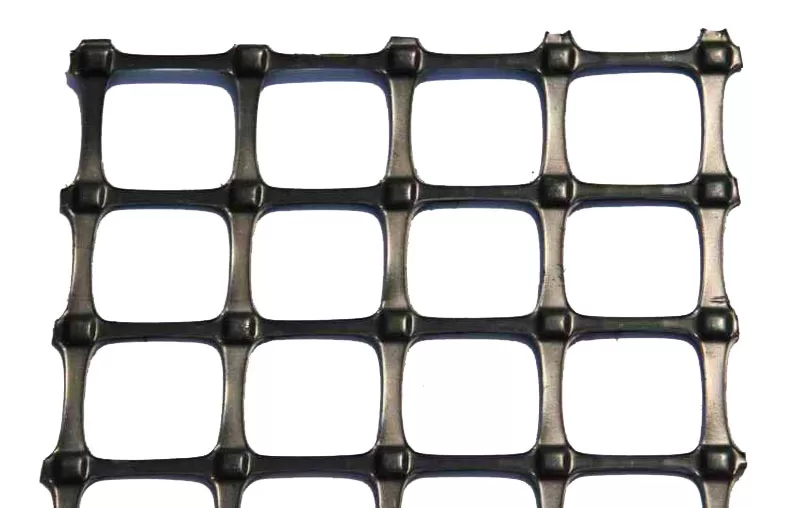+86-159 9860 6917
info@geofantex.com
geofantex@gmail.com
+86-400-8266163-44899
Geogrid installation is a crucial aspect of creating durable, stable, and long-lasting infrastructure in civil engineering and construction projects. Whether it’s reinforcing roads, retaining walls, or slopes, the proper installation of geogrid is essential. In this comprehensive guide, we delve into the key steps and considerations for installing Geogrid effectively.

How is Geogrid installed?
- Prepare the surface: Clear the area of debris and ensure a stable, well-compacted base.
- Place the geogrid: Lay the geogrid material over the prepared surface, ensuring it covers the entire area that needs stabilization. roll it out and allow it to follow the natural contours of the ground
- Secure the geogrid: Anchor or secure the geogrid at the edges using appropriate methods like trenching, anchoring pins, or mechanical means to prevent movement.
How do you anchor a geogrid?
Anchoring the geogrid is crucial for its effectiveness. Depending on the project’s requirements and the type of geogrid used, anchoring methods may vary. Common anchoring techniques include burying the edges in trenches, securing them with stakes or pins, or attaching them to existing structures to ensure stability and prevent shifting.
What is the rule of thumb for Geogrid?
Adhering to certain principles ensures the successful installation of geogrid:
- Follow Manufacturer Guidelines: Always refer to the specific guidelines provided by the geogrid manufacturer. These guidelines often include recommendations for installation, including proper overlap, anchoring methods, and other essential details.
- Proper Overlap: The recommended overlap for geogrid installation typically ranges from 12 to 24 inches, although it can vary based on the specific type and intended application. Ensuring adequate overlap at seams and connections is essential for optimal performance.
What is the overlap for geogrid installation?
The overlap required for geogrid installation depends on the type of geogrid and the manufacturer’s recommendations. Generally, overlaps between 12 to 24 inches are common, but it’s crucial to consult the manufacturer’s specifications for precise guidance.
In conclusion, installing geogrid is a pivotal step in reinforcing and stabilizing various construction projects. Following proper installation procedures, anchoring methods, and adhering to recommended overlaps as per the manufacturer’s guidelines are imperative to maximize the effectiveness and longevity of geogrid applications. Always consider project-specific requirements and seek professional advice when needed for optimal results.



Get Free Sample
We’ll respond as soon as possible(within 12 hours)






















